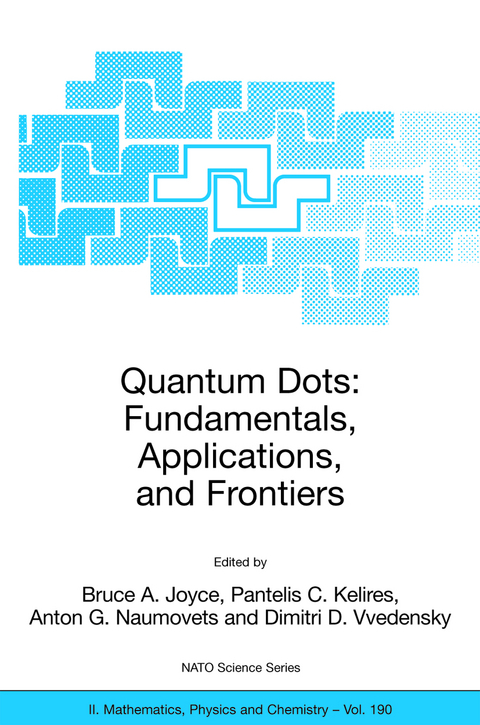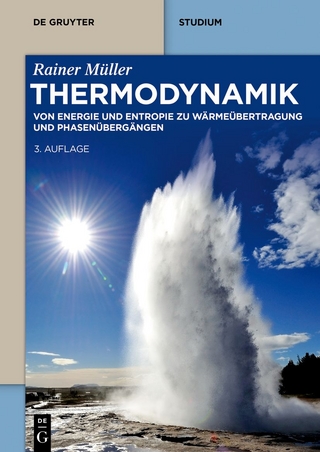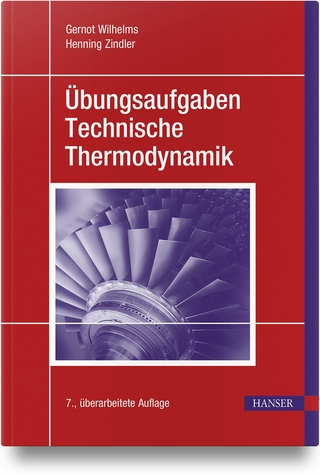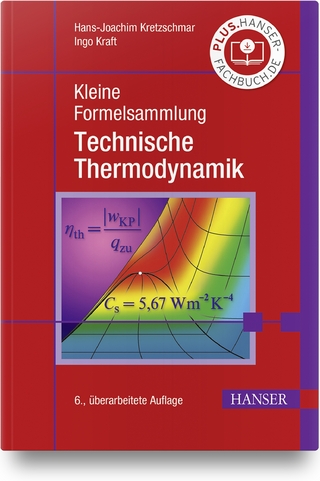
Quantum Dots: Fundamentals, Applications, and Frontiers
Springer-Verlag New York Inc.
978-1-4020-3313-1 (ISBN)
The morphology that results during the growth of a material on the substrate of a different material is central to the fabrication of all quantum heterostructures. This morphology is determined by several factors, including the manner in which strain is accommodated if the materials have different lattice constants. One of the most topical manifestations of lattice mis?t is the formation of coherent thr- dimensional(3D)islandsduringtheStranski-Krastanovgrowthofahighly-strained system. The prototypical cases are InAs on GaAs(001) and Ge on Si(001), though other materials combinations also exhibit this phenomenon. When the 3D islands are embedded within epitaxiallayers of a material that has a wider band gap,the carriers within the islands are con?ned by the potential barriers that surround each island, forming an array of quantum dots (QDs). Such structures have been produced for both basic physics studies and device fab- cation, including QD lasers and light-emitting diodes (LEDs) operating at the c- mercially important wavelengths of 1.3 m and 1.55 m.
On a more speculative level, QD ensembles have been suggested as a possible pathway for the solid-state implementation of a quantum computer. Although some of the principles of qu- tum computing have been veri?ed by other means, the practical utilization of this new computingparadigmmay warrant some sort of solid state architecture. QDs are seen as possible components of such a computer, as evidenced by a number of papersappearingintheliteratureproposingQD-basedarchitecturesandworkshops that are being organized to explore these possibilities.
Atomistic Processes during Quantum Dot Formation.- Quantum Dots in the InAs/GaAs System.- First-Principles Study of InAs/GaAs(001) Heteroepitaxy.- Formation of Two-Dimensional Si/Ge Nanostructures Observed by STM.- Diffusion, Nucleation and Growth on Metal Surfaces.- The Stranski-Krastanov Transition.- The Mechanism of the Stranski-Krastanov Transition.- Off-Lattice KMC Simulations of Stranski-Krastanov-Like Growth.- Temperature Regimes of Strain-Induced InAs Quantum Dot Formation.- Kinetic Modelling of Strained Films: Effects of Wetting and Facetting.- Ge/Si Nanostructures with Quantum Dots Grown by Ion-Beam-Assisted Heteroepitaxy.- Self-Assembly of Quantum Dot Arrays.- Lateral Organization of Quantum Dots on a Patterned Substrate.- Some Thermodynamic Aspects of Self-Assembly of Quantum Dot Arrays.- The Search for Materials with Self-Assembling Properties: The Case of Si-Based Nanostructures.- Structure and Composition of Quantum Dots.- X-Ray Scattering Methods for the Study of Epitaxial Self-Assembled Quantum Dots.- Carbon-Induced Ge Dots On Si(100): Interplay of Strain and Chemical Effects.- Growth Information Carried by Reflection High-Energy Electron Diffraction.- Electrons and Holes in Quantum Dots.- Efficient Calculation of Electron States in Self-Assembled Quantum Dots: Application to Auger Relaxation.- Quantum Dot Molecules and Chains.- Collective Properties of Electrons and Holes in Coupled Quantum Dots.- Phase Transitions in Wigner Molecules.- Fast Control of Quantum States in Quantum Dots: Limits due to Decoherence.- Optical Properties of Quantum Dots.- Real SpaceAb Initio Calculations of Excitation Energies in Small Silicon Quantum Dots.- GeSi/Si(001) Structures with Self-Assembled Islands: Growth and Optical Properties.- Quantum Dots in High Electric Fields: Field and Photofield Emission from Ge Nanoclusters on Si(100).- Optical Emission Behavior of Si Quantum Dots.- Strain-Driven Phenomena upon Overgrowth of Quantum Dots: Activated Spinodal Decomposition and Defect Reduction.
| Erscheint lt. Verlag | 9.6.2005 |
|---|---|
| Reihe/Serie | NATO Science Series II: Mathematics, Physics and Chemistry ; 190 |
| Zusatzinfo | XVI, 396 p. |
| Verlagsort | New York, NY |
| Sprache | englisch |
| Maße | 155 x 235 mm |
| Themenwelt | Naturwissenschaften ► Physik / Astronomie ► Thermodynamik |
| Technik ► Elektrotechnik / Energietechnik | |
| Technik ► Maschinenbau | |
| ISBN-10 | 1-4020-3313-3 / 1402033133 |
| ISBN-13 | 978-1-4020-3313-1 / 9781402033131 |
| Zustand | Neuware |
| Haben Sie eine Frage zum Produkt? |
aus dem Bereich


